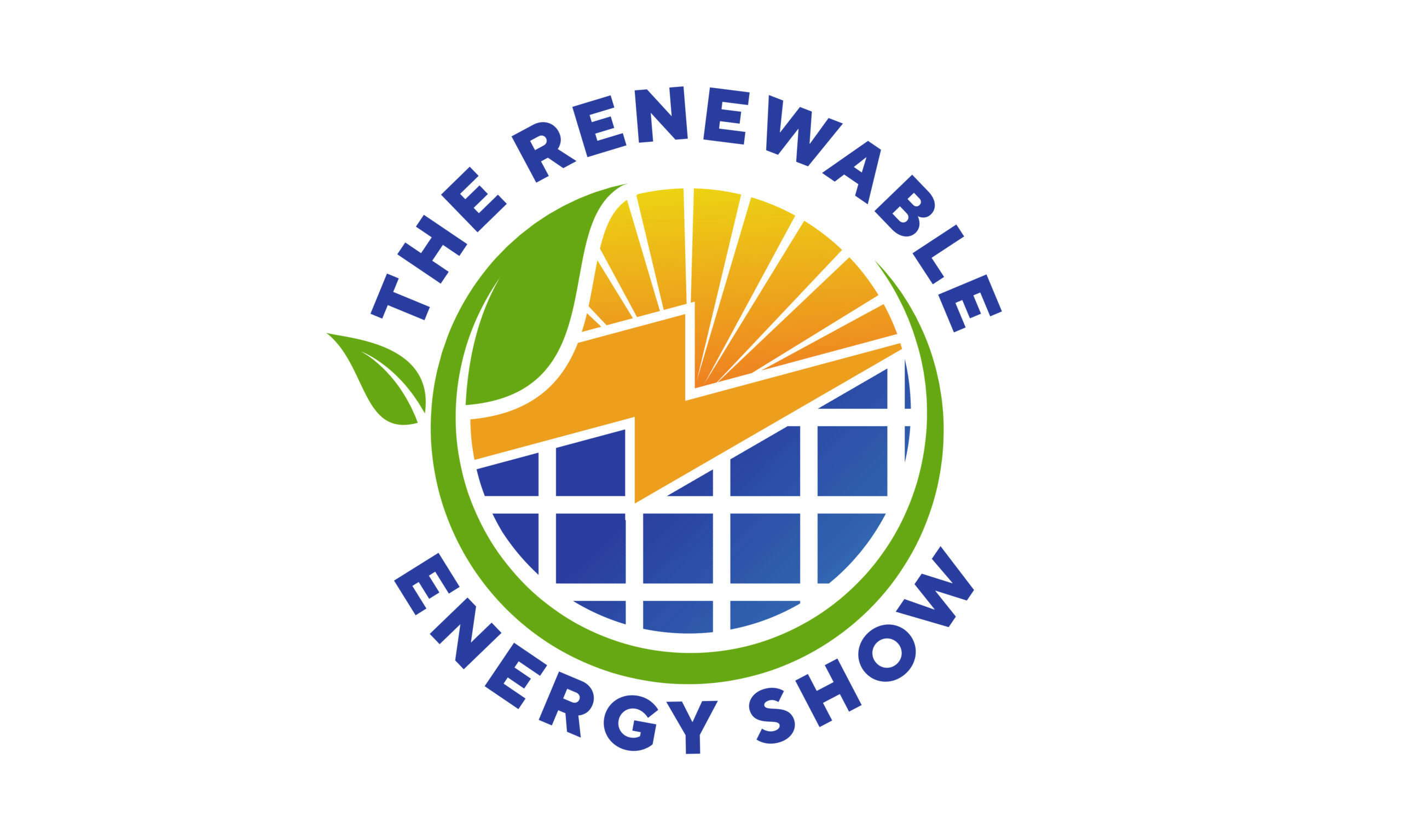As I stood on the roof of Emma’s community center in rural Appalachia, gazing out at the breathtaking vista of solar panels stretching across the landscape, I couldn’t help but feel a sense of pride and hope. Emma, a single mother of two, had been struggling to make ends meet, working multiple jobs just to keep a roof over her family’s head. But with the help of a clean energy grant, she was able to transition her community center into a thriving hub of sustainability, generating enough renewable energy to power the entire town.
The impact was palpable. Not only had Emma’s family’s financial struggles eased, but the community center had become a beacon of hope, hosting workshops, job training programs, and community events that brought people together and fostered a sense of belonging. The once-thriving coal mining town was slowly being reborn, its residents empowered to take control of their own energy future.
This is just one example of the transformative power of clean energy grants. Across the United States, communities just like Emma’s are harnessing the potential of renewable energy to create jobs, stimulate local economies, and build a more sustainable future.
So, what exactly are clean energy grants, and how can they help your community thrive?
What are Clean Energy Grants?
Clean energy grants are financial incentives provided by governments, corporations, and foundations to support the development and deployment of renewable energy technologies, such as solar, wind, and geothermal power. These grants can take many forms, including direct funding, tax credits, and low-interest loans. The goal is to promote the adoption of clean energy sources, reduce greenhouse gas emissions, and create jobs in the rapidly growing renewable energy sector.
How Can You Access Clean Energy Grants?
While the specifics can vary depending on your location and project, here are some general steps to get started:
1. Research local and national programs: Look into government agencies, such as the U.S. Department of Energy and the Environmental Protection Agency, as well as private foundations and organizations, like the Sierra Club and the National Renewable Energy Laboratory.
2. Determine eligibility: Check the requirements and criteria for each grant program, such as project type, location, and funding levels.
3. Develop a project plan: Outline your project’s goals, timeline, budget, and expected outcomes.
4. Submit your application: Follow the application guidelines and submit your proposal in a timely manner.
5. Network and build partnerships: Collaborate with local organizations, businesses, and stakeholders to strengthen your application and secure additional support.
The Benefits of Clean Energy Grants
The impact of clean energy grants extends far beyond the individual or project level. By supporting the transition to renewable energy, these grants:
1. Create jobs and stimulate local economies: The renewable energy sector is projected to create millions of new jobs globally, with many of these opportunities concentrated in rural and underserved communities.
2. Reduce greenhouse gas emissions: Clean energy sources, such as solar and wind power, emit significantly less carbon dioxide and other pollutants, contributing to a healthier environment and mitigating climate change.
3. Foster community engagement and empowerment: By giving communities a stake in their energy future, clean energy grants can build trust, promote social cohesion, and empower local leaders to drive positive change.
As I stood on Emma’s rooftop, surrounded by the warm glow of solar panels, I knew that the future of clean energy was bright. With the right support and resources, communities everywhere can harness the power of renewable energy to create a brighter, more sustainable tomorrow.
